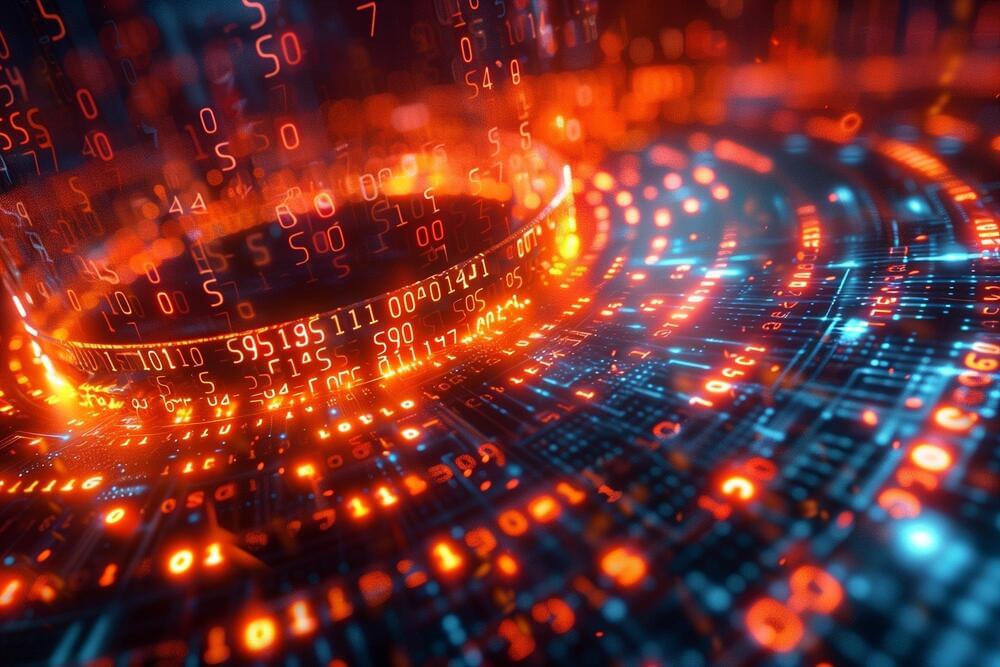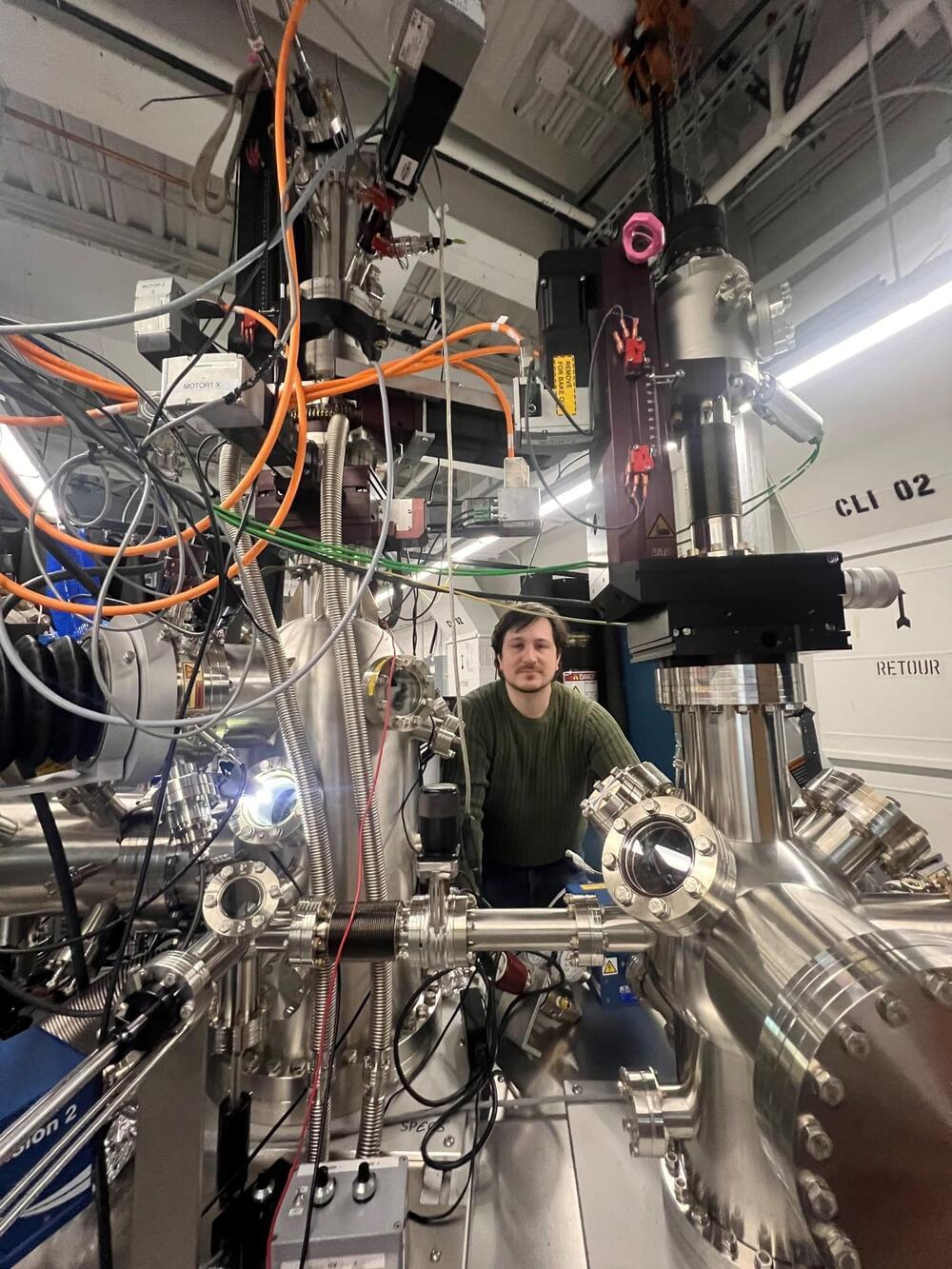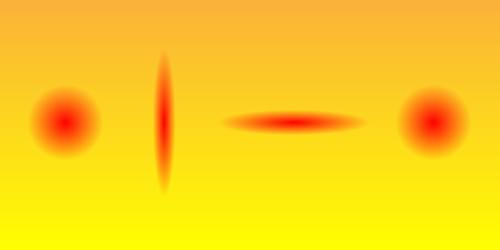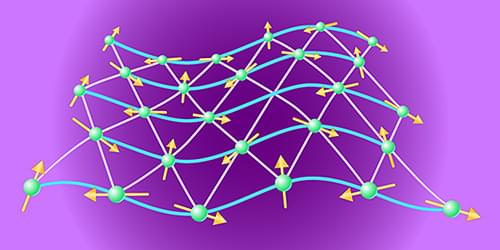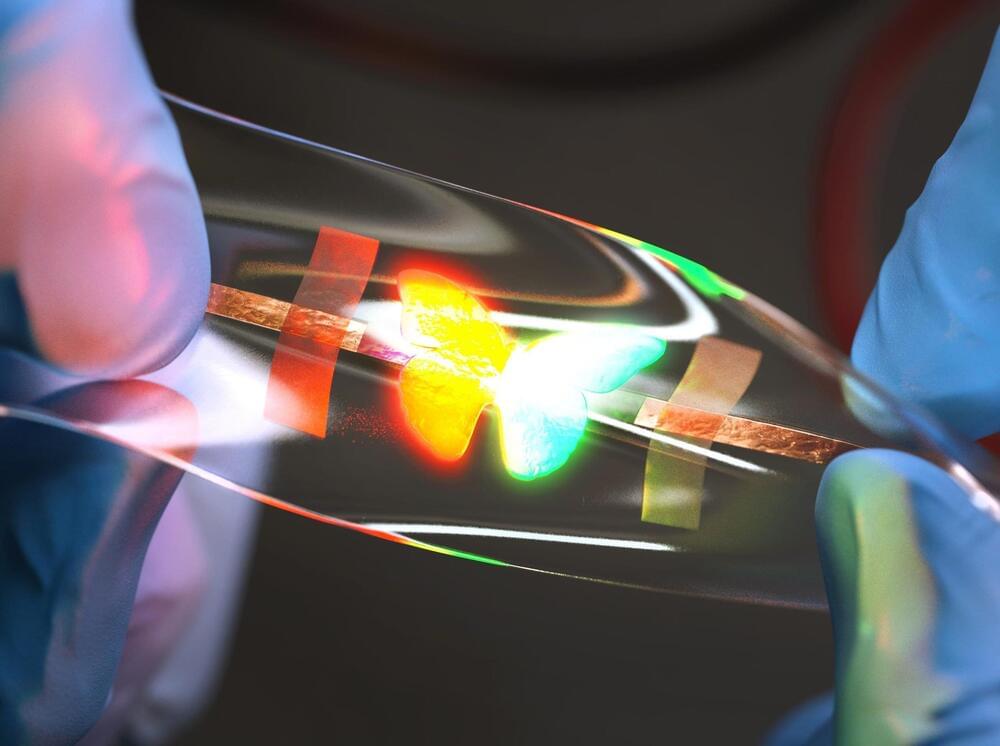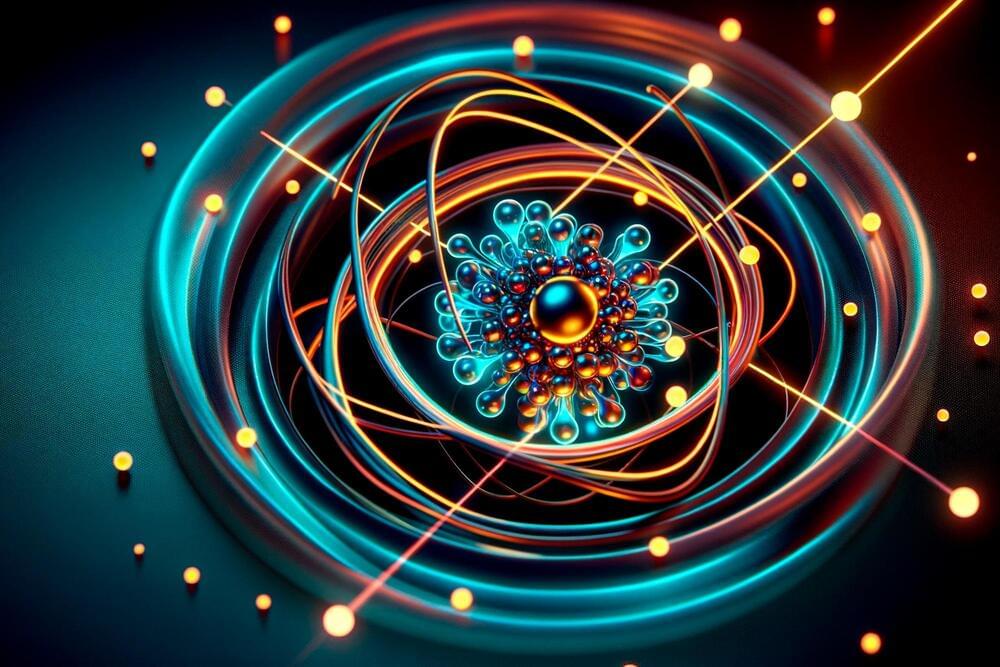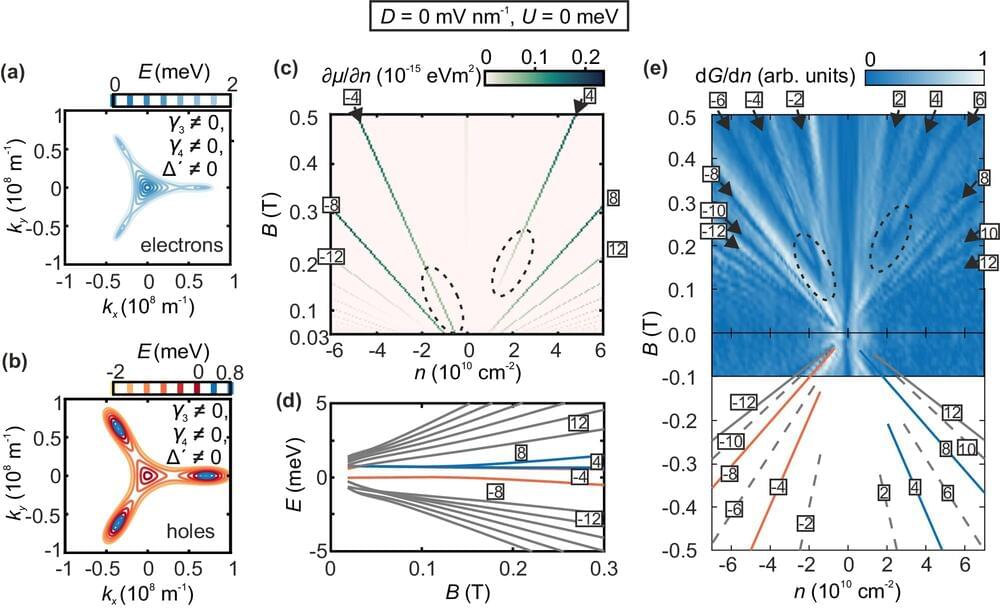The expansion of fiber optics is progressing worldwide, which not only increases the bandwidth of conventional Internet connections, but also brings closer the realization of a global quantum Internet. The quantum internet can help to fully exploit the potential of certain technologies. These include much more powerful quantum computing through the linking of quantum processors and registers, more secure communication through quantum key distribution or more precise time measurements through the synchronization of atomic clocks.
However, the differences between the glass fiber standard of 1,550 nm and the system wavelengths of the various quantum bits (qubits) realized to date represent a hurdle, because those qubits are mostly in the visible or near-infrared spectral range. Researchers want to overcome this obstacle with the help of quantum frequency conversion, which can specifically change the frequencies of photons while retaining all other quantum properties. This enables conversion to the 1,550 nm telecom range for low-loss, long-range transmission of quantum states.
